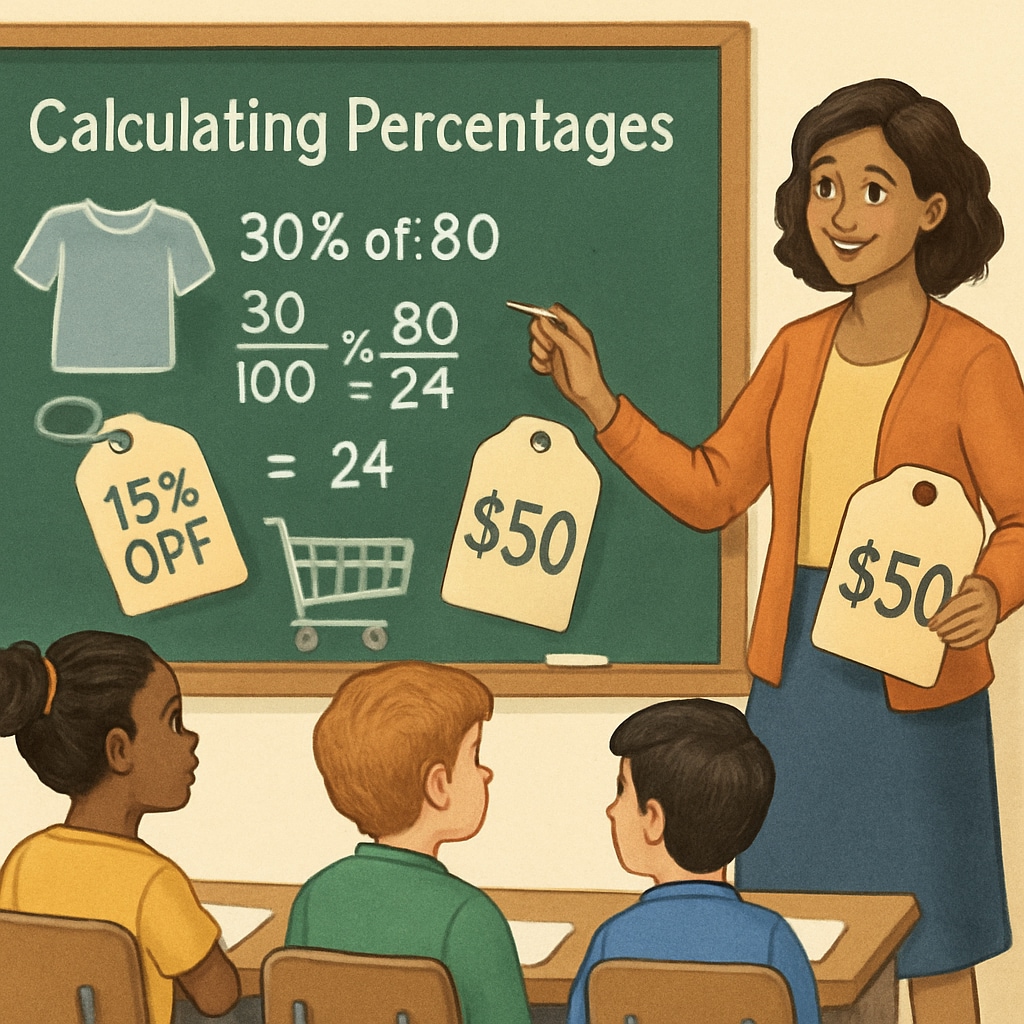Understanding the importance of mathematics education, student motivation, and teaching strategies is essential for creating a meaningful learning experience for K12 students. Yet, many educators face the challenge of answering the daunting question: “Why do we need to learn math?” This article provides actionable insights to help teachers connect math education to students’ lives, spark their curiosity, and develop intrinsic motivation.
Connecting Mathematics to Real-Life Experiences
One of the most effective ways to explain the value of mathematics is by relating it to students’ everyday lives. Mathematics is everywhere, from calculating grocery bills to understanding the geometry of a basketball court. By demonstrating how math applies in real-world situations, students can see its relevance beyond the classroom.
- Financial Literacy: Teach students the importance of budgeting, interest calculations, and managing expenses—all skills rooted in mathematics.
- Sports and Hobbies: Show how math influences the trajectory of a soccer ball or the scoring system in video games.
- Technology: Discuss how coding and algorithms form the backbone of modern apps and devices.

Inspiring Curiosity Through Mathematical Beauty
Math is not just practical; it’s profoundly beautiful. Concepts like the Golden Ratio or fractals reveal the elegance of patterns in nature, art, and architecture. Introducing these ideas can inspire awe and foster a deeper appreciation for the subject.
For example, students can explore the symmetry of a sunflower’s seeds or the proportions of famous artworks like the Mona Lisa. By blending math with creativity, educators can showcase its aesthetic dimension, making the subject more engaging and relatable.

Linking Math to Future Career Opportunities
Helping students envision how math can shape their future is another powerful motivator. Many high-demand careers rely heavily on mathematical skills, such as engineering, data analysis, architecture, and even creative fields like game design.
- Career Pathways: Share success stories of professionals who use math daily, such as astronauts calculating trajectories or chefs measuring ingredients.
- Problem-Solving Skills: Highlight how math fosters critical thinking, a skill valuable in any profession.
- STEM Opportunities: Encourage students to explore STEM (Science, Technology, Engineering, and Mathematics) careers that require a strong foundation in math.
As a result, students can start viewing math not as an abstract subject but as a tool that empowers them to achieve their dreams.
Adapting Teaching Strategies for Better Engagement
Ultimately, teaching strategies play a vital role in shaping students’ attitudes toward math. Here are a few tips to make lessons more engaging:
- Gamification: Incorporate math-related games and challenges to make learning fun.
- Collaborative Learning: Create group activities that encourage teamwork and peer support.
- Personalization: Tailor examples and exercises to align with students’ interests and aspirations.
By introducing variety and creativity in teaching methods, educators can transform math from a source of anxiety into a subject of exploration and joy.
Conclusion: Mathematics is more than numbers and formulas; it’s a gateway to understanding the world, unlocking career opportunities, and appreciating the beauty of patterns. With thoughtful mathematics education, student motivation, and teaching strategies, educators can ignite a passion for math in their students that lasts a lifetime.


